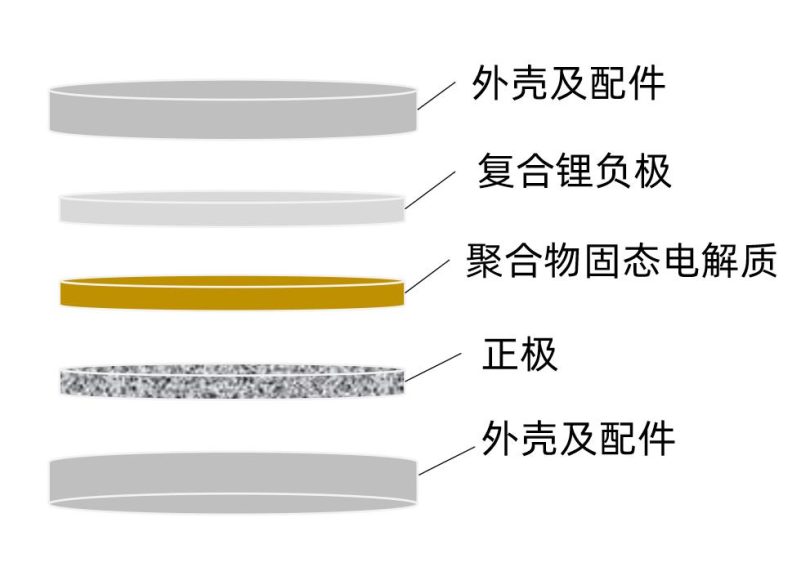Lithium-ion battery lithium replenishment technology is an important means of improving battery energy density. In the first charging process of lithium-ion battery, the organic electrolyte will be reduced and decomposed on the surface of anode such as graphite, forming a solid electrolyte phase interface (SEI) film, which will permanently consume a large amount of lithium from the anode, resulting in the low Coulombic efficiency (ICE) of the first cycle, which reduces the capacity and energy density of lithium-ion battery. In addition, there are processes such as deactivation of anode material particles due to detachment and non-reversible deposition of lithium metal, all of which will consume active lithium from the anode, reducing the capacity and energy density of the battery.
Lithiation technology includes negative electrode lithium replenishment and positive electrode lithium replenishment. Negative electrode lithium supplementation is the introduction of active lithium into the negative electrode to compensate for the capacity loss caused by SEI growth. The main methods of negative electrode lithium replenishment include physical mixing, vacuum winding lithium plating, chemical lithiation, self-discharge mechanism lithiation and electrochemical lithiation.
Naxau utilizes vacuum coating and automation design, roll-to-roll cycling, to realize one-step lithium plating on copper foil, with good lithium plating uniformity and excellent adhesion, which can ensure the stability and excellent cycling performance during the subsequent use in the battery.
| Width | 300mm / 600mm | |
| Lithium plating range | 1~10um on both sides | |
| Plating rate | 1.8um/s | |
| Precedent | Lithium plating layer thickness 5μm at 2m/min line speed |
The rapid development of consumer electronics, electric vehicles, and smart grids has put forward higher performance requirements for current electrochemical energy storage systems. Due to the limitations of electrode matching, liquid electrolyte composition and battery structure, traditional lithium-ion batteries have been difficult to improve safety and energy density at the same time, which to a certain extent restricts the development of the above fields. Thanks to the high chemical and electrochemical stability, high thermal stability and high mechanical strength of solid electrolytes, all-solid-state lithium batteries are expected to realize the matching of high-energy anode and lithium metal anode, taking into account the high energy density and high safety, and have become a hot research direction for new electrochemical energy storage devices.
Solid-state lithium battery R&D progress #
At present, the lithium deposition sites and morphology of all-solid-state lithium batteries are not easy to control, and there is a large volume deformation of pure lithium metal electrode has not yet been improved. Nasdaq adopts vacuum one-step method to prepare composite lithium electrode, and constructs lithium-plated layer with high densification and mechanical strength, which is a high-speed and high-efficiency way to help the research and development progress of solid-state lithium batteries.

Preparation and structural characterization #
Lithium metal anode #
Multi-stage structured lithium-metal composite anode shows outstanding electrochemical performance with higher specific capacity in all-solid-state lithium-metal battery applications. It shows long-term cycling stability at a capacity retention value of 90%.

 Naxau PVD/DLC Vacuum Coating Equipment-IE
Naxau PVD/DLC Vacuum Coating Equipment-IE
